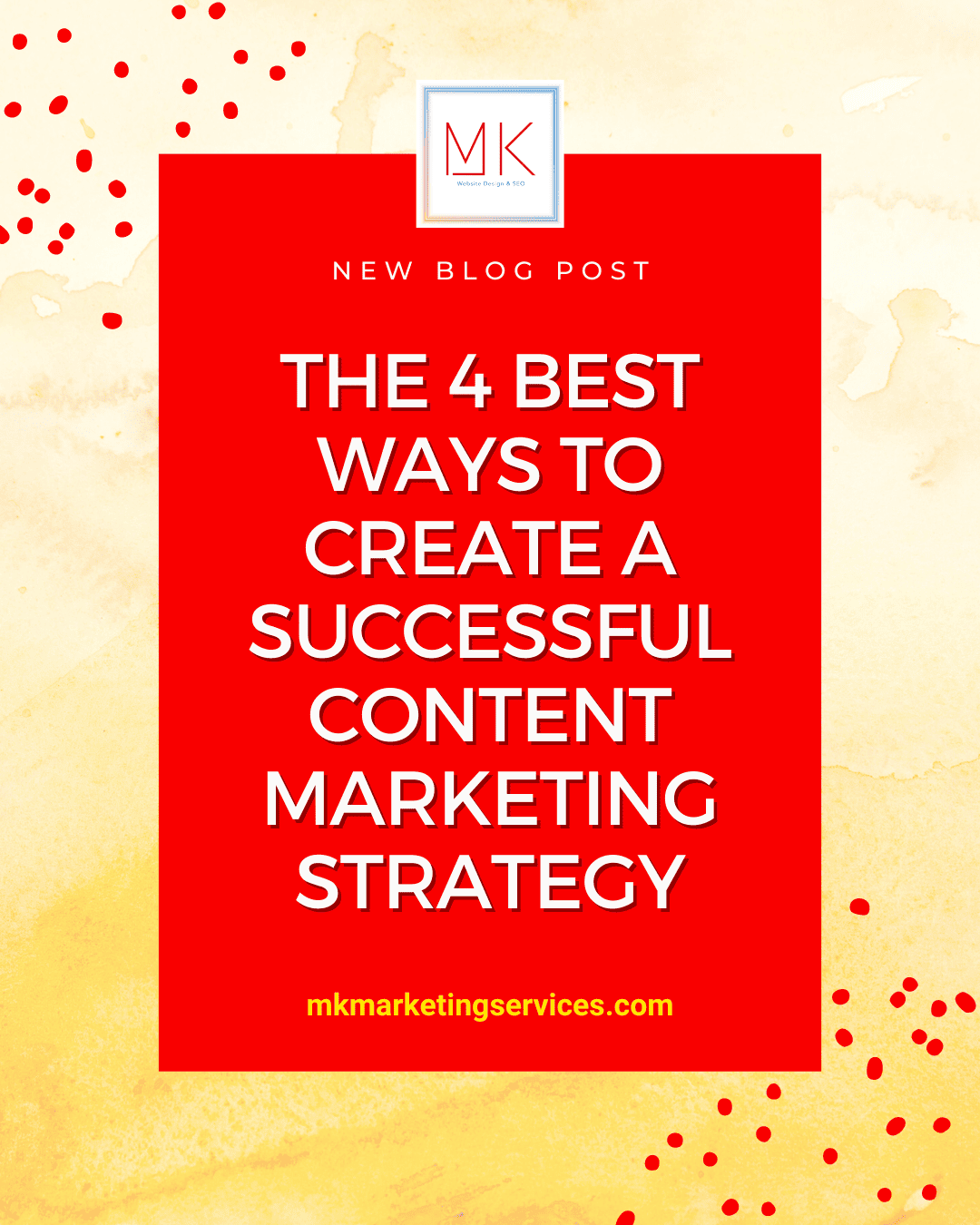When it comes to listing the most important parts of your business’s marketing strategy, then content marketing is up there with the best of them.
Especially now that the internet is so ingrained into everybody’s lives, more and more people continue to search for products and make purchases online.
There are many benefits of an effective content marketing strategy. However, its effectiveness is reliant on a number of factors which we will find out below.
But what exactly is content marketing? Well, this is a loose term that is often used to describe articles, blogs, images, and videos.
To succeed in your content marketing strategy you need a clearly defined plan. The plan should methodically and meticulously lay out the goals and the strategies you will implement to achieve the goals.
One of the major benefits of conducting careful planning is that it allows you to get inspiration and to know what to put up for your readers and customers.
After all, there are plenty of other businesses like you that are also doing a great job. This intensifies the competition and is no wonder why many businesses fail in their content marketing.
There are many benefits of an effective content marketing strategy. However, its effectiveness is reliant on a number of factors which we will find out below.
Here are a few steps that you can implement to create a killer content marketing strategy.
1. Define your goals
There are many benefits of an effective content marketing strategy. It can help boost traffic, increase sales and even boost your site’s SEO rankings.
To succeed at any of these, you need to fine-tune your content marketing towards achieving a specific goal.
This is why it is critical that before you put in motion any marketing strategy that you understand your current business position and what you are trying to achieve.
2. Define your audience
Now that you know your goals, the next thing you need to do is to define your target audience. By this, you need to understand who your customers are.
This means understanding age groups, demographics, as well as their interests.
Try to view things from the perspective of your potential customer. Where would they be on social media, what are their interests and what problems do they face?
For instance, if you plan on targeting the older generation, then you may need to target them on social media platforms such as Facebook.
For millennials, on the other hand, you can find them on Pinterest or Instagram.
By understanding your target audience, you can create content that best appeals to their needs.
3. Define your KPIs(key performance indicators)
The only way you can determine whether your content marketing strategy is working is by performing proper analysis.
Your KPIs will help you evaluate the performance of the content marketing strategy by collecting data as soon as you set the strategy in motion.
Some KPIs include increases in site traffic or an improvement in Google SEO rankings.
After setting your campaign in motion you can then track how it is performing by comparing the statistical data provided by the KPIs.
4. Set up a team
Setting up a team to handle the content marketing strategy means that it gets the attention it deserves.
You have the option of choosing one from an internal source or an external one. You may even opt to go for both options.
Setting up a team to handle all aspects of the content marketing strategy ensures that everything goes as planned.
Another option is to use an application that can help make the whole process much more efficient. In this case, find the ideal software for your campaigns.
Final Word
There is no denying the effectiveness of a successful content marketing strategy, It can help drive more traffic to your site and ensure brand loyalty.
Remember, that before you can start with any marketing strategy, always define your goals to be able to tune your strategy to the needs of the customer.













